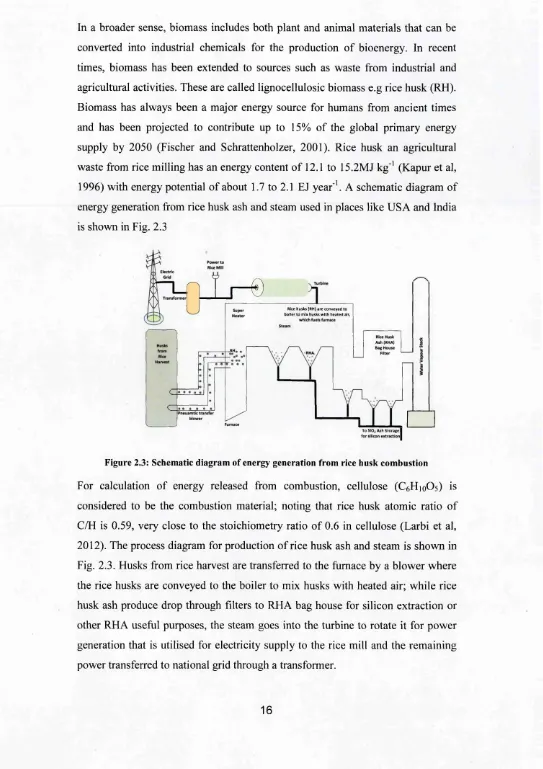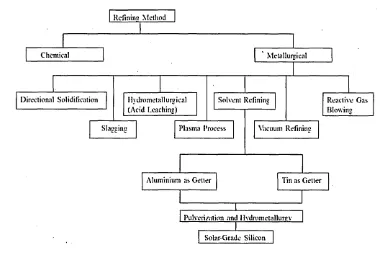The production of low cost solar grade silicon from rice husk
Full text
Figure



Outline
Related documents
In disagreeing with these liberal interpretations and favoring a “strict construction” of the Constitution, Nixon was arguing very much in the same way as
pentaphylla (500 gm) were extracted by Soxhlet extraction process by using petroleum ether, chloroform, ethyl acetate and ethanol as solvent. The marc remained
hypothyroidism (HT) in patients with breast cancer who received radiation therapy to the supraclavicular (SC) field to evaluate the effect of radiation on thyroid.. Methods
The purpose of this study is to understand the significance and the role of the gratitude received from P/R for palliative care health professionals (PCHP).. Methods: A suitable
Additionally, cell quotas of the different toxins were estimated from samples con- taining only one putatively toxigenic spe- cies for each toxin, or where a single toxi- genic
Abstract This paper reports the results of an investigation into the effect of education and work experience possessed by managers on the working capital management practices
• Content based on conventions discussed in class and in your textbook • Organization techniques typical for the specific type of document • Format (traditional letter, memo,
The existing rate structure is not sufficient to cover costs and current debt service requirements, but the rate deficit cannot be borne by the ratepayers alone. Closing the




